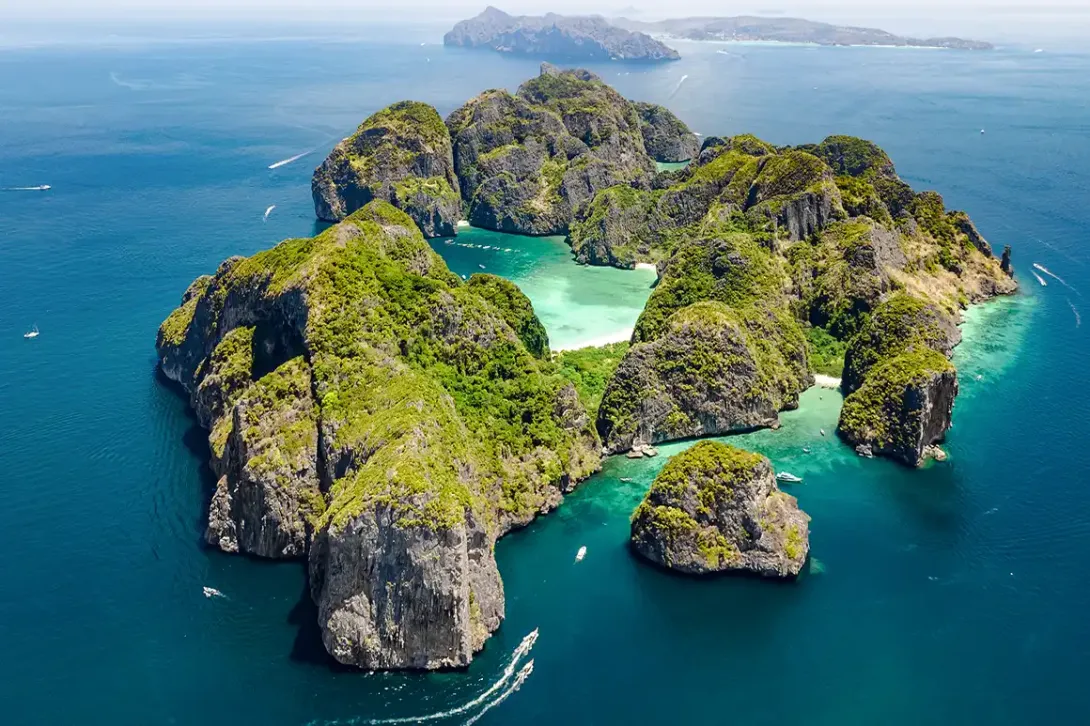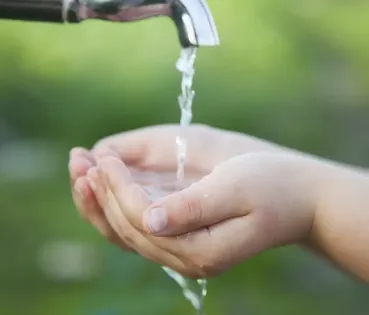
Marine Protected Areas: what are they and where are they?
Their objective is to ensure the preservation of the fauna and flora that inhabit these areas, which are heavily compromised by climate change. We break down their locations and what restrictions they have.
What do the Gulf of Alaska, the Coral Sea and the Ross Sea region have in common? They are all natural marine areas dedicated to the protection and maintenance of biological diversity and natural resources. They are therefore part of the marine protected areas (MPAs) which, since 2007, have been set up to protect the fauna and flora most threatened by, among other factors, climate change. Currently, the ocean and the living beings that inhabit it are also threatened by water pollution, overfishing and the rubbish that humans dump into the sea.
Therefore, this initiative strives to bring together different natural areas around the world to ensure the long-term preservation of ecosystems, communities or biological or geological elements that deserve special care, chosen either because of their uniqueness or their fragility. Furthermore, MPAs are essential for the sustainability and future of the planet and are an effective tool to guarantee the wise management of marine natural resources or to defend the preservation of resilient and productive coasts.
What you can (or can't) do in a marine protected area
Also known as marine parks, marine sanctuaries or marine conservation areas, there are more than 5,000 MPAs around the world. In total, they cover more than 7.40% of the oceans. They are all unique and special, with different uses and levels of protection.
There are some marine protected areas that are very restrictive and, among other things, do not allow people to enter them. In other cases, they are more open and, for example, allow snorkelling or swimming, but not, among other things, fishing. In some MPAs, restrictions or prohibitions are set at certain times of the year, for example, during certain animals’ breeding season.
What are the most important marine protected areas in the world?
- Ross Sea Region. Located south of New Zealand, this vast area is the natural habitat of Adélie penguins. It is home to 38% of this species and 6% of Antarctic dwarf whales.
- Phoenix Islands. This area covers more than 410,500 square kilometres. In other words, it is the same size as the state of California, in the United States. It is home to more than 800 known species, including 200 species of coral and 500 species of fish.
- The Coral Sea. Located in the western Pacific Ocean, off the coast of Australia, this marine area is home to the largest coral reef in the world. It is so large that it can even be seen from the moon.
- Papahānaumokuākea Marine Monument. Located in Hawaii, this area is home to more than 7,000 species, a quarter of which are endemic, i.e., not found naturally anywhere else, such as the green sea turtle or the monk seal. It is the largest MPA in the United States and is home to the highest density of sacred sites in Hawaii.




